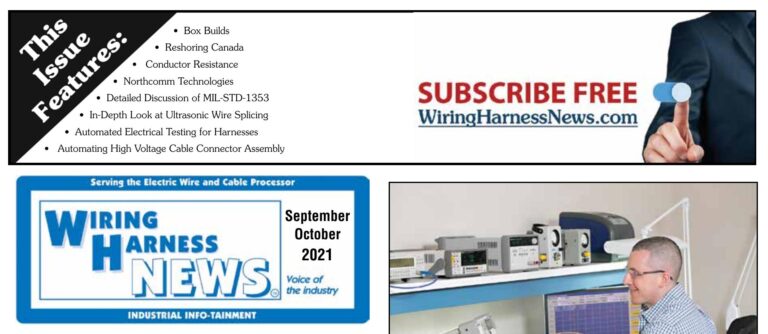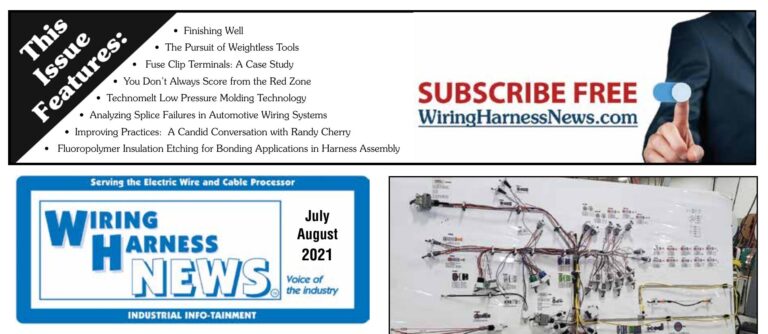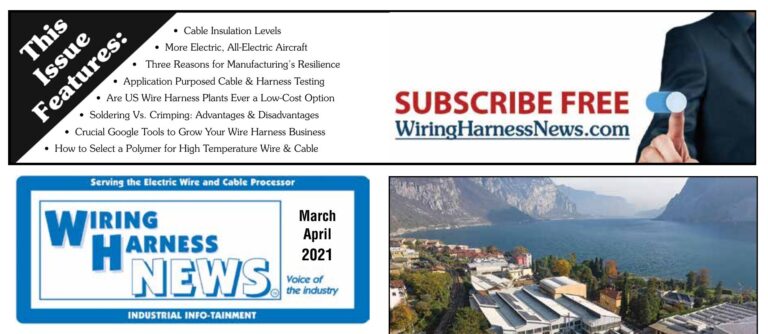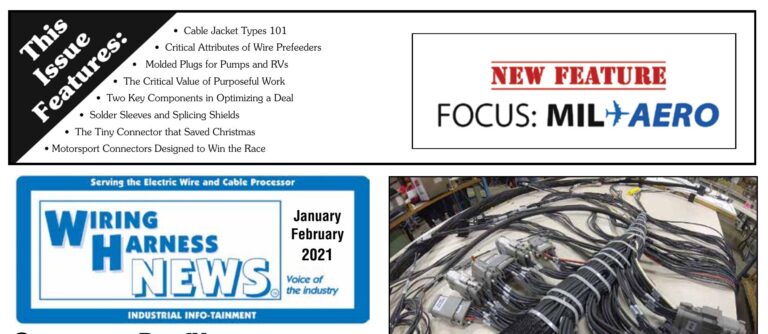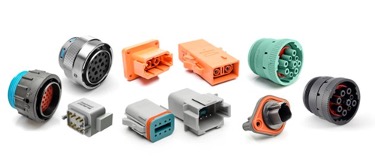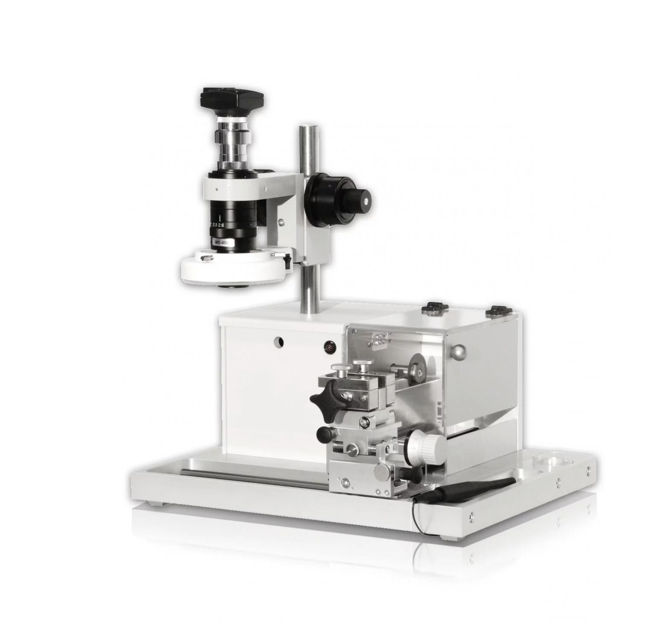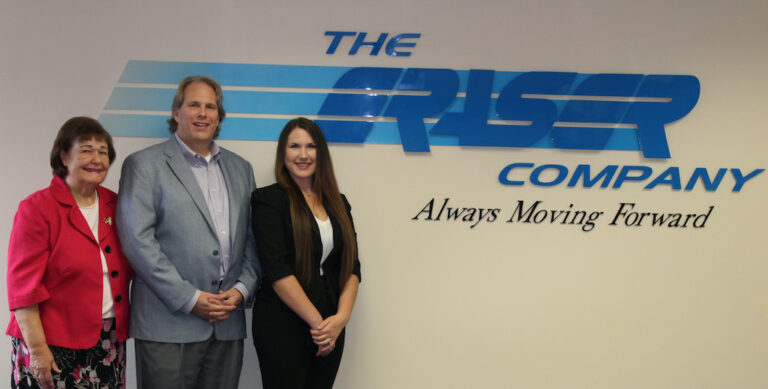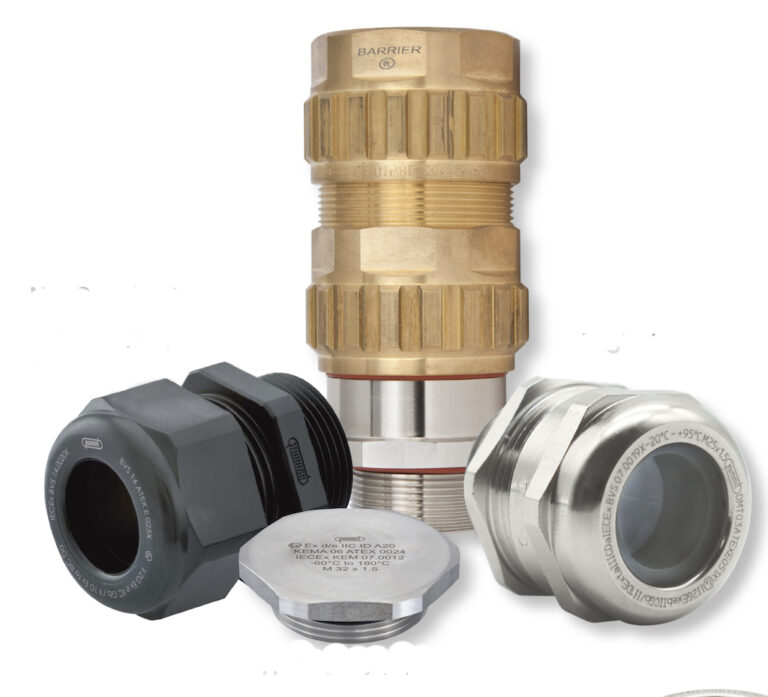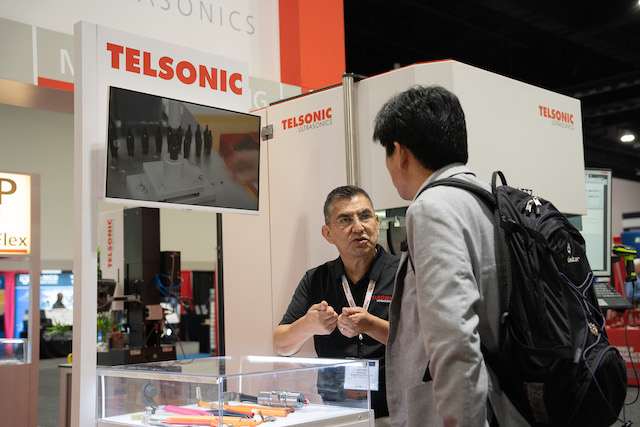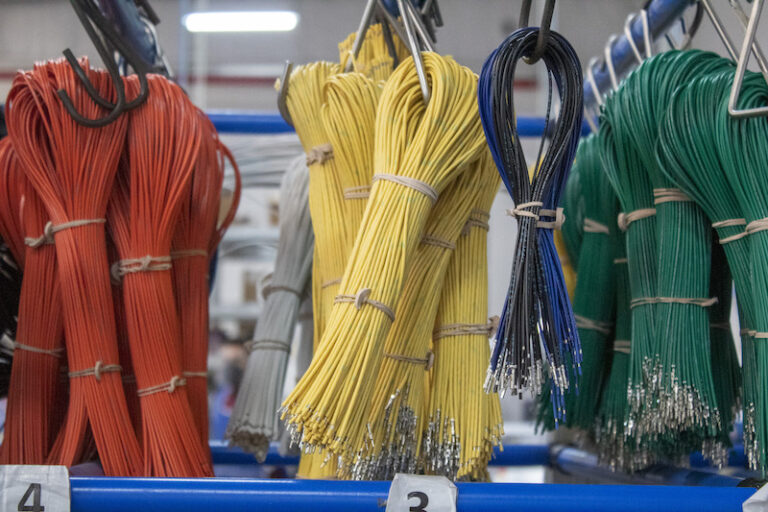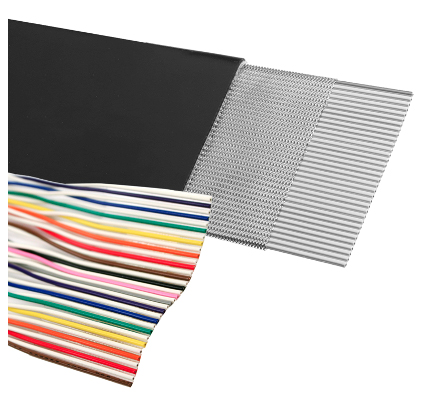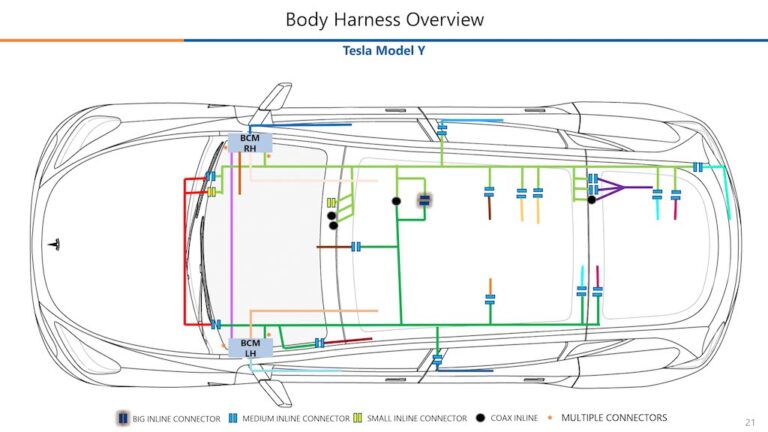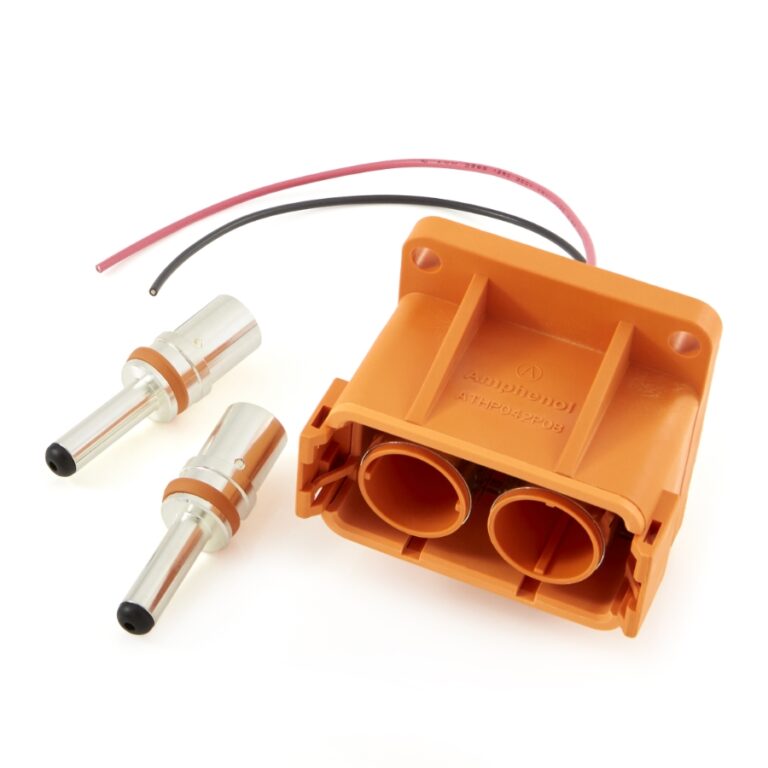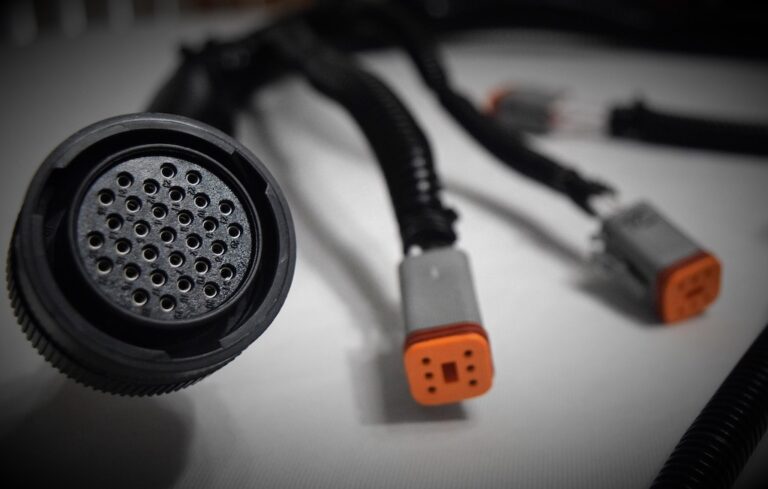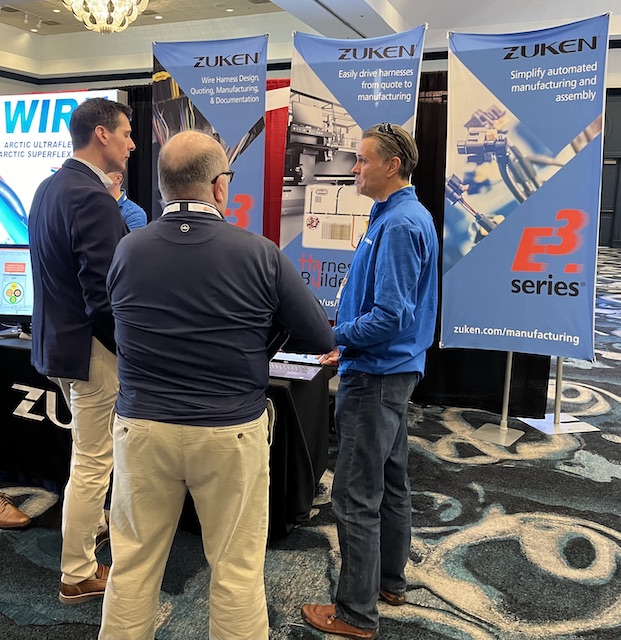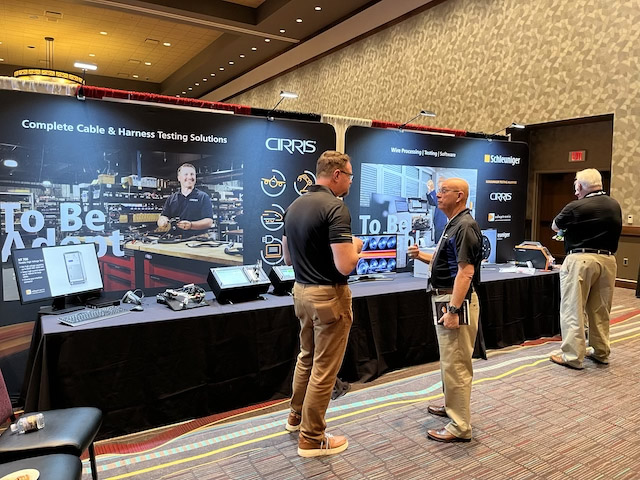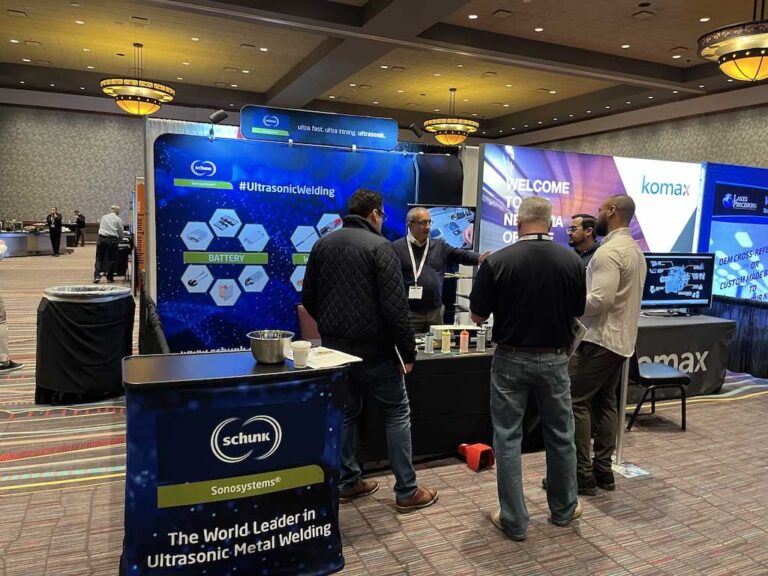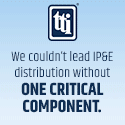Company Profile: Flux Connectivity
Recently, I stumbled across the website of Flux Connectivity, a wire and cable harness manufacturer in Canada. Flux produces wire and cable assemblies, and has full over-molding capabilities for both. They also produce Ethernet cable assemblies and junction boxes along with a couple of other specialty products (FluxForce™Cable for harsh environments and Swivelpole™Assembly).
I found a number of informative blog posts (see Intelligent Vs. Non-Intelligent Part Numbersfrom the July August issue) along with some primers I thought would make great introductory training for folks new to our industry. Curious about the company, I left a comment and connected with Adam Amos, the CEO at Flux. His new company sounded like a great subject for our Industry Profile, so I scheduled an interview with he and Shelly Billinghurst, head of Human Capital Management.
Adam may have a few of us beat as to ‘age of entry’ in the wire and cable harness assembly industry. “I actually started working in the industry at 11 years old,” he chronicled. “In my previous company, I started working summers washing coffee cups and sweeping floors, and eventually became VP of Manufacturing.” Adam had many successes at the company including the establishment of the over-molding division, directing the ISO 9001 certification, developing the corporate manufacturing facility, streamlining the supply chain, and bringing lean concepts to the organization. He worked as part of a team to accomplish a corporate re-branding. That effort that won the company the 2015 Summit Creative Award for a Complete Branding Package.
Despite these successes, Adam fell prey to his entrepreneurial streak, and branched out on his own. Flux Connectivity was born on April, 14, 2018. In order to understand what Adam and his team are doing, you may have to unpack some of your conventional thinking on how a typical contract manufacturer is fashioned. Adam has steered away from the standard model of a corporate headquarters with centralized manufacturing, in place of a decentralized model that focuses on staging inventory and work-in-progress close to the customer.
The only physical locations Flux has are its value-add centers. They partner with complimentary, but non-competing, companies who aren’t using all the space they have. Adam detailed, saying, “This allows us to scale quickly as it’s easier than negotiating with a landlord who wants us to commit to a lease for x number of years. For example, we are looking at a building in Houston right now where they are not utilizing all of their space, so we have an opportunity to work collaboratively and get cheap rent with no long-term commitment while providing more jobs to the local economy.”
Adam has some history with what he sees as the major drawbacks of the conventional manufacturing setup. One is with insurance. Flux comes in as a secondary under the host company’s insurance, saving the company a great deal. They are also relieved of the liability of having to maintain a static work space through economic cycles. “I managed a company through three recessions,” Adam lamented. “We had a 50,000-square foot facility, and at one point we went down to 10,000 square feet of that capacity. The base rent almost bumped that company out of business, and I swore I would never do that again.”
In addition to renting space at existing going concerns, the company also utilizes collaborative workspaces like the newly opened one in Calgary (see www.gotradespace.com). The advantage with the arrangement is there are about 20 other companies in the building that are in various trades that can use Flux’s services, and vice versa. “We opened the space in Calgary so we can provide molding services to the Alberta market, and it’s strategically placed in a building that is close to major shipping routes.” While the current space is only 720 square feet, it can be expanded by up to 10,000 square feet in less than 5 days. “How many other companies can say that?” Adam queried. They started with enough area for one production line, and because they practice lean business principles and have flexible scheduling for the workers, each square foot is actually worth double to them.
Shelly pivoted to the Human Capital Management side of the equation. Management is decentralized by empowering employees at every level to make their own decisions. She informed that they have core employees, and leverage a contingent workforce by utilizing temp agencies and workers from twin industries. This helps them manage through periods of high demand or when they are in process of acquiring a new space. “Problems are identified and solved rapidly through the use of technology and broadcast to employees at every location,” she described.
Flux posts production schedules to qualified people and they accept based on their availability and desire. Production managers are on site for each shift. Adam chimed in saying, “I spent 20 years scheduling and planning and I’ve learned we all need a work/life balance, so we give people that option, and that’s how we attract the millennials. It’s hard to convince folks it works, but it does.”
The management team also utilizes collaborative work spaces. These offices are usually located at the value-add work centers and available when and as needed. This eliminates the need for a corporate headquarters. All accounting is automated and monitored remotely by the accounting staff. Customer service agents work from their homes in various time zones. As they are tied into the MRP I and MRP II software systems, they are able to identify, track, and make changes to orders per customer request. “We take the adage ‘we can do that in our sleep’ literally,” Adam advised. His goal is to stretch across every time zone with the home-based customer service agents, and he is convinced it offers the best customer experience. “For example,” he detailed, “if we get an order at the end of the day in Calgary, it is reviewed and booked, the manufacturing orders are planned and created, and parts are placed on order by someone in Singapore. So, what takes some organizations 2-3 days to confirm, we can do while we are sleeping by leveraging folks on the other side of the globe.” He added this is subject to ITAR and Controlled Goods regulations.
Flux allows indirect labor to work from home or on a flexible schedule. Employees save money on child care and vehicle expenses, not to mention the amount of time and stress it takes to travel to and from work. “We consider environmental impact, personal wellbeing, and overall customer experience in every decision we make. All of this translates into more productive employees and less overhead transferred to the customer.”
Although the team is spread out, all employees are united via a uniquely configured intranet link. Video communications to and from any member of the team are easy and immediate. Training modules are constantly updated and special training or production issues can be shared on an individual, group, or company-wide basis. “All team members, management, core employees, and temporary, are alerted to large wins and provided context so they can understand their relevance to the company and to customer experience,” Shelly assured.
In order to make this system work efficiently, Adam and his team have worked tirelessly with logistics companies and suppliers to have product placed where and when it is needed. “We’ve established a great relationship with a major carrier and other key suppliers and distributors on the logistics side,” Adam said. Relationship building is certainly one of his strong points and it’s key to making decentralization work.
Part of Flux’s on-boarding strategy for core employees is to donate to local schools. “We furnish engineering departments with product we don’t need anymore, and we mentor and stay in communication with them all the time.” The goal is that not only will Flux attract some of the best talent from these schools, but that as other students go out into the world, they will become advocates or even customers.
FluxPod™
One of the most interesting parts of Flux’s decentralization strategy is soon to be launched. It’s part of their next stage in production innovation, and they call it FluxPod. Because of the increased global demand for specialty manufactured goods, along with current and future labor constraints, Flux is attempting to increase capacity by hiring people in their homes who have the ability and space to manufacture or assemble certain products. “We’ve identified several demographics that may be eligible including stay-at-home parents, retired persons looking for extra income, or those with physical limitations. The vision is to have these folks build products as part of a specific BOM which may be completed elsewhere,” Adam outlined. FluxPod team members will connect and train via the video linked training classes the company has created. “We are aiming to create a ‘crowd manufacturing’ environment currently unprecedented in the manufacturing arena,” he asserted.
Markets Served
About 80% of Flux’s current business is in Texas in the Oil and Gas industry. Adam explained it’s the low-lying fruit, and that Flux will continue to eagerly serve that market. But Adam’s heart is in Medical and Renewable Energy. “I know it’s strange to say we are in Oil and Gas and that we want renewables, but that really is where we need to be,” he explained, “especially if we want to attract the younger talent in the industry.” As Adam is very interested in social causes, he has Flux actively seeking opportunities to build assemblies for solar and wind applications.

As far as attracting new business, it’s still very much word-of-mouth for Flux, but that’s changing. The company is hiring account executives to collaborate and consult with customers to tackle specific challenges. Following Flux’s decentralized format, these account managers will be tethered virtually through the extensive use of Flux’s CRM platform. Not surprising, they are making extensive use of social media to promote the company and Adams blog on the website. Shelly added, “The blog is really part of our brand strategy and whether someone is a competitor, a customer, a potential supplier, future employee, or just an advocate for us in the industry, we want them to know we speak the language in a very authentic and informal tone.”

Quality Standards
Flux is about to embark on their certification for ISO 9001: 2015 and Adam and his team have a company waiting in the wings to certify them. It seems this will mostly be a formality as Adam reports that his crew is already there with respect to training, documentation, and all the ISO essentials. But Adam sees this as only a starting point. “I’m constantly communicating our strategy of rapid problem solving, and this is where I think even ISO is outdated with the whole NCR. When we run into a problem at any of the production facilities, we have the ability to ‘go live’ on a video where we can train the entire organization.” Adam and Shelly find this a far superior approach to the laborious paperwork where the engineering design changes and control notices fall on the shoulders of one person. “Here, the ownership is on everybody. We all understand the goals of our customer and so anytime, and anywhere, we can go live to train somebody, a group, or the entire organization on how to do something properly.” Shelly elaborated.
In addition to ISO adherence, Flux is compliant with the IPC A-620 standard. “But even IPC is a default, and we hold ourselves to a higher standard,” he advised. Full ITAR and certification to military standards are also in the works for the very near future. The ISO 14000 series of certifications is also in the company’s sights. They are strong supporters of environmental issues and want to attract like-minded people who are concerned about the footprint of the organization.
Outstanding Attributes
I asked Adam and Shelly what makes Flux unmistakable to their customers. Adam quickly responded it was their on-time delivery performance. “Our adherence to OTD is what gives us the edge.” He knows other companies quote short lead times to get the business, but then underperform. “We usually lose the first two orders after presenting to a customer,” he explained, “but after that, the supply chain starts thinking, ‘OK, we need to go with a company who can actually deliver on time.’” In fact, the company is so confident in their ability to meet this all important metric, they offer an OTD Guarantee™(you can see details atwww.fluxconnectivity.com/otd-guarantee/).
Both Adam and Shelly asserted that the level of scalability their unique structure enables is unobtainable by competitors. “We view Canada and the US as one market, and we realize that capacity has to be on both sides. We do realize some contracts require American content, so we have that ability to scale up or scale down on that side of the border.” Adam assured.
It truly is a unique model that Adam and his team have constructed for a harness manufacturer. The secret sauce seems to be the supplier relationships and the ability to scale their facilities and workforce. They are leveraging technology to its fullest to ensure production efficiencies and quality. Adam admits it’s not always an easy sell to potential clients. “Trying to convince people you can do all this without owning a big building and having people in the office has been the greatest challenge. Again, we don’t usually get the first or second order, but we still look at every opportunity as ours to lose.” Quality results are what speak loudest and that’s what they concentrate on at Flux Connectivity. Once clients are able to grasp how quickly they are able to move through business decisions and the lack of hierarchy, silos and corporate red tape, they realize what a great performer this young company can be.
For more info, you can:
You can email Adam directly at [email protected]
Follow the company on LinkedIn https://www.linkedin.com/company/flux-connectivit
Follow the company on Face Book https://www.facebook.com/fluxconnectivity
Sign up for the Blog https://fluxconnectivity.com/blog/
Call 1-800-557-FLUX


















